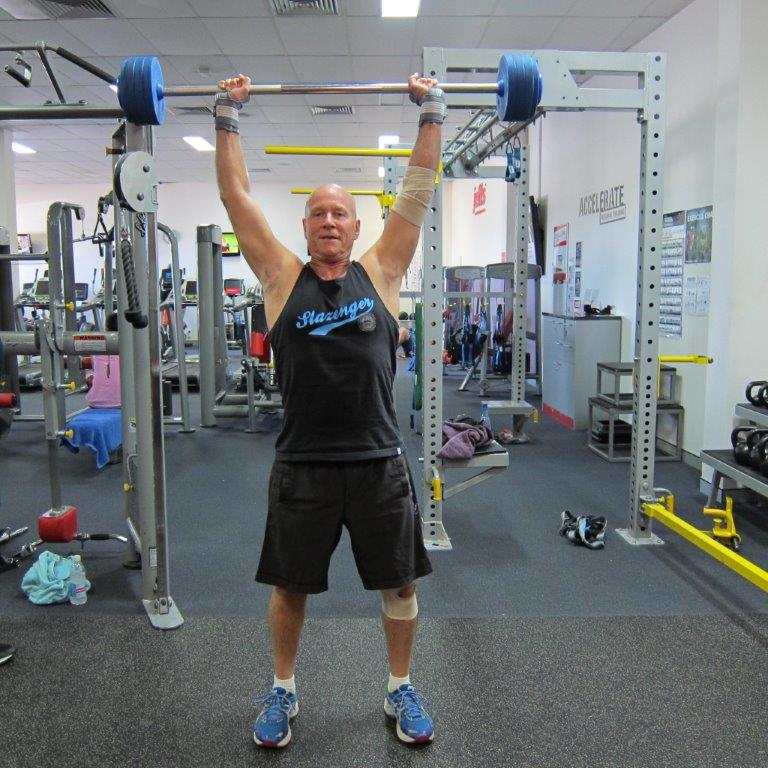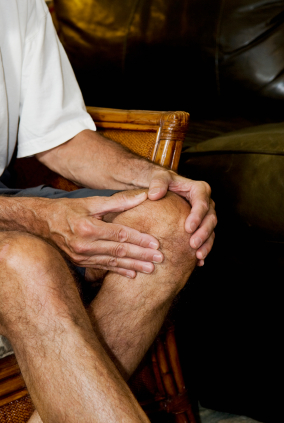Having Arthritis myself in my left knee for the past twenty years and now in both wrists I can tell you it is a very painful musculoskeletal disease that affects your joints and your ability to do a number of everyday tasks which, at times, can be most annoying.
In industrialized nations, arthritis is the number one cause of disability in older adults.

Although arthritis is not curable, I have personally found (and the doctors all agree) regular exercise is a safe and very effective way to help manage and relieve the painful and quite often debilitating symptoms of arthritis.
My research indicates that one in five Australians, 10 million in the UK (one in five) and an estimated 50 million plus Americans have the disease so you can see it is a widespread problem throughout all communities around the world.
It has been estimated that there are approximately 350 million worldwide suffering from the disease.
Understanding Arthritis
Arthritis is an umbrella term for over 120 medical conditions that affect the musculoskeletal system, specifically targeting joints. A joint – the place where bone moves upon bone – is padded with a cushioning tissue called cartilage.
This specialized tissue enables bones to move without directly coming into contact with each other.
In addition to cartilage, joints contain synovial fluid which helps keep the cartilage and joint healthy.
Arthritis happens when something goes wrong with the joint. Perhaps the cartilage wears thin or synovial fluid is lacking. The type of arthritis you have will depend on what has gone wrong with the affected joint.
3 Different Types of Arthritis
Even though there over 120 different types of arthritic conditions that have been identified, three are the most prevalent. They are osteoarthritis, rheumatoid arthritis, and psoriatic arthritis.
1. Osteoarthritis.
 Also called degenerative arthritis, osteoarthritis is the most common chronic joint disease. It usually affects weight-bearing joints such as knees, backbone, and hips and can be caused by overuse, sports injuries, obesity, or ageing.
Also called degenerative arthritis, osteoarthritis is the most common chronic joint disease. It usually affects weight-bearing joints such as knees, backbone, and hips and can be caused by overuse, sports injuries, obesity, or ageing.
With osteoarthritis, joint cartilage thins and wears down over time. This gradual erosion results in painful joint manipulation.
2. Rheumatoid arthritis.
Rheumatoid arthritis (RH) is the most common of the inflammatory types of arthritis. It is considered an autoimmune disease which means that the immune system itself causes problems by attacking parts of the body.
Researchers are not sure why, but the joint areas are the target of RH. And, as time goes on the severe inflammation caused by RH results in severe impairment and deformities in the joints.
3. Psoriatic arthritis.
This type of inflammatory arthritis occurs in people who also have a skin disease called psoriasis.
Only about 10-30% of people with psoriasis also contract psoriatic arthritis.
Psoriatic arthritis is characterized by sausage-like swelling of finger and toes, joints that are visibly swollen and warm, and extreme joint stiffness.
How Can Exercise Help Relieve Arthritis?
Many of the sufferers I talk to more than often think that exercising aggravates the symptoms of arthritis, but the sad fact is arthritis only worsens when people become sedentary and are not doing some form of daily exercise.
Because arthritis is painful, it often seems counterintuitive to exercise. But doctors will tell you exercise is one of the safest and most effective treatments for achy joints.
3 Things You can do to Help your Arthritis:
1. Exercise can decrease pain.
Many studies have proven that exercise such as simple walking can reduce arthritis pain. This is backed up by a review paper titled Benefits of Exercise in Rheumatoid Arthritis from the Journal of Aging Research.
It says, “This paper aims to highlight the importance of exercise in patients with rheumatoid arthritis (RA) and to demonstrate the multitude of beneficial effects that properly designed exercise training has in this population.”
It also goes on to tell us that, “Low physical activity is an important and reversible characteristic of RA. It has been demonstrated that RA patients do less exercise than their healthy counterparts; more than 80% of RA patients are physically inactive in some countries, whilst in the UK it is believed that approximately 68% of RA patients are physically inactive.
The extreme physical inactivity of RA patients’ becomes a vicious circle in terms of health and disease progression.
That’s why it has become apparent that encouraging physical activity is an important and essential part of the overall treatment of RA.”
2. Exercise can prevent arthritis from getting worse.
Researchers at Johns Hopkins University School of Medicine found that regular exercise helped people with arthritis stay mobile and active for longer than their sedentary counterparts.
In addition, they found that the arthritis in sedentary individuals had worsened at a much faster rate.
3. Exercise reduces the likelihood of obesity.
Obesity poses a double threat to arthritis sufferers. In the first place, carrying around additional weight can actually cause arthritis and other joint-related conditions. In addition, being obese makes arthritis symptoms much worse because of the extra weight loading up and placing undue pressure on the joints.
The best exercises for those with arthritis are low or no impact exercises such as walking, swimming, strength training (using weights), biking, tai chi, and yoga.
Arthritis affects millions of people worldwide and is the main cause of disability among seniors in every industrialized nation.
Fortunately, I can personally confirm that exercise has and will help to considerably lessen the painful symptoms of arthritis.
In 2007 I was about to have my third knee operation when I decided to embark on a well-designed exercise program. I have gone from 60% knee extension back to 95% and don’t even look like going near a hospital for many years to come (as long as I don’t stop the exercises). My doctor is amazed at the result.
Arthritis patients should always consult a physician before starting an exercise program and they should also work with an exercise physiologist or personal trainer to ensure exercises are done correctly.
It is also very important to have a professionally designed exercise program tailored to suit your own specific needs as engaging in poorly designed workouts usually ends up doing more harm than good.
More resources for some extra helpful and informative information about Arthritis:
Wellvess is a site I follow on a regular basis as Sandra specializes in Arthritis so I suggest you add it to your list of favourites – it provides some very good information for arthritis sufferers. Here is one article I read recently which gives you 11 ways to lessen pain. Numbers 9 and 10 work for me.
Check out: Do I Have Arthritis?
Some excellent reading here too – A PDF of the Key facts of Rheumatoid Arthritis by the Australian Institute of Health and Welfare.
And here – More help with Exercise and Arthritis.
I hope this helps with your battle against the pain of arthritis.
Cheers – John – your Active Ageing Mentor and Coach.
P.S. Help a friend – like and share. Thanks.
Hi John. Yep..you got it..I’m 75 was supposed to have 2 knee replacements last year…So I hit the gym 6 days a week ..spin cycle…push and pull weights..squats are out..box 3 times a week on very heavy bags….stretch as much as I can..oh yes my knees have never been better ..cos I wear compression sox 20 hours a day. Cheers John.
Great to hear John and thanks for your encouraging comments. If only more people would be prepared to give exercise a go. Cheers – John F